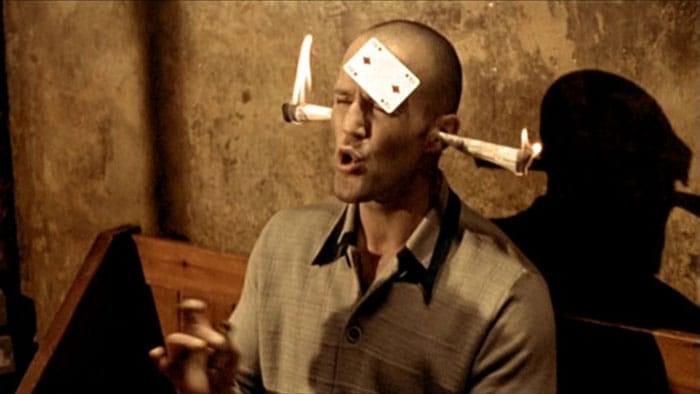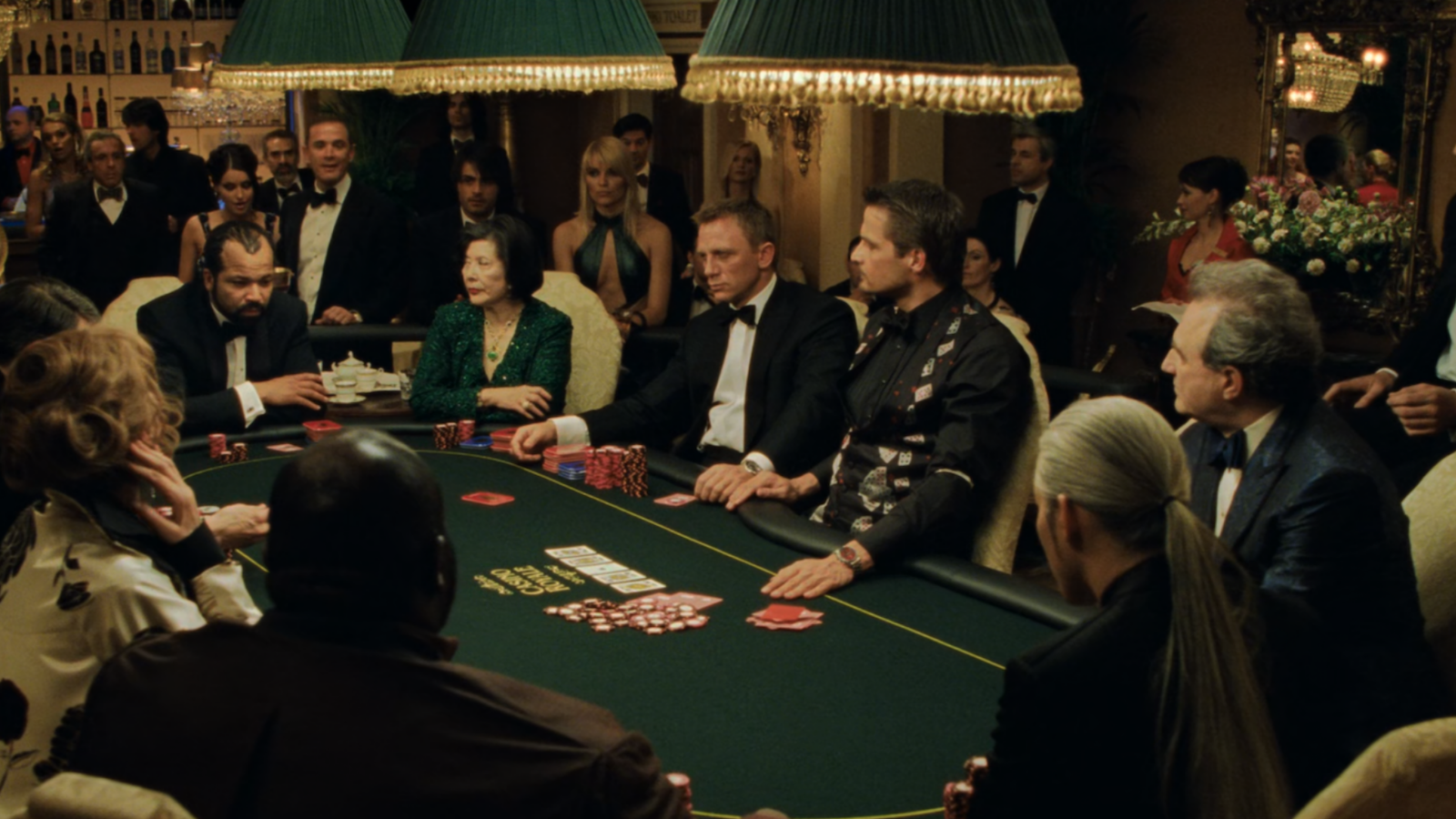The Cincinnati Kid in 1965 highlights the tension of high-stakes poker. The film’s final hand shows Steve McQueen’s character losing to a straight flush. It’s dramatic because a straight flush has a low statistical probability. This cinematic choice deviates from realistic gameplay to heighten tension.
Similarly, Casino Royale in 2006 utilized a high-stakes poker game to develop its narrative. James Bond’s victory with a straight flush against a full house and two other strong hands is a sequence poker professionals often critique for its improbability. Such scenes are created to bring an intense atmosphere and do not accurately reflect the probabilities of real poker scenarios. These films prioritize narrative tension over realistic odds. This can mislead audiences about the nature of poker.
Realism in Rounders and Maverick
Rounders, released in 1998, is noted for its authentic portrayal of poker culture. The film captures the psychological aspects central to poker. This is mainly seen in Mike McDermott’s and Teddy KGB’s final showdown. This showdown is often cited for its realistic depiction of poker strategy and psychological tactics known as tells. Rounders coincided with a surge in interest in the game. It increased participation in both live and online poker games. The film’s cultural impact demonstrates a notable interaction between Hollywood and the poker industry.
The custom-made chips by Atlantic Standard Molding add to the film’s authenticity. The underground poker games in Rounders mirror the high-stakes games played in New York’s private clubs during the 1990s. This alignment with real-world poker lends the film credibility among poker enthusiasts.
Conversely, Maverick, in 1994, blends poker strategies with humor. Mel Gibson’s character wins with a royal flush in the climactic poker scene. The odds of a royal flush stand at a staggering 1 in 649,740. This is an example of a scenario that stretches the bounds of reality and is less than likely to occur in an actual game. This scene, while engaging, underscores Hollywood’s inclination for dramatic flair over factual representation.
Poker’s Dual Depiction: Glamour and Realism
In Mississippi Grind in 2015, we follow the journeys of two poker players through the South. The film depicts the range of gambling experiences as it highlights both its highs and lows. This narrative provides a clearer view of the psychological tolls and camaraderie involved in poker. Such a portrayal stands in contrast to the glamorous depictions often seen in other films.
The Sting in 1973 and Lock, Stock and Two Smoking Barrels in 1998 show poker as a game of deceit and strategy. In The Sting, Paul Newman’s character outwits his opponent through bluffing. This bluffing showcases the psychological warfare inherent in poker. This scene resonates with the strategic complexities involved in real-life poker games.
Lock, Stock and Two Smoking Barrels features a rigged game of Three Card Brag that reflects the darker aspects of underground gambling. Such portrayals highlight the deceptive strategies that can accompany high-stakes games. These examples depict the strategic and sometimes unscrupulous elements in competitive poker settings.

Real-life Influences and Audience Perception
Real-life events and figures directly influence poker’s portrayal in films. Molly’s Game, released in 2017, is based on the true story of Molly Bloom. Molly managed exclusive high-stakes games attended by celebrities and affluent individuals. The film’s depiction mirrors the real challenges and intricacies of organizing such games and reinforces its connection to actual occurrences.
This symbiotic relationship is evident as films influence audience perceptions and participation rates in poker. The early 2000s poker boom corresponded with increased media coverage, more televised tournaments, and the birth of online poker platforms. The game’s audience was broadened further because of the accessibility these platforms offered.
Statistics further show that poker-related films often lead to an uptick in viewership and engagement with poker tournaments. Such trends support the idea that Hollywood’s treatment of poker seriously affects its real-world participation and appeal.

